This post is from the time when SmileDirectClub first began its marketing campaign, from the standpoint of a general dentist’s practice, and the feelings of whether or not online-ordered cosmetic aligners would be taking away market share for dentists. The reviews are posted below the article, from those who have used the product or who have questions about it. The company declared bankruptcy in 2023. Way to take the money and run!
If you’re not an orthodontist, but you straighten teeth in your dental practice, I’ve got a fistfight just waiting for you. Where? Thankfully someone else went through the trouble of making this cute little scroll-ey infographic, so I’ll just post it here and save myself the trouble, and the punches.
SmileCareClub Wants to Disrupt Dentists- Crowdfunding Insider (no longer available)
(sorry, looks like the infographic wasn’t sanctioned by Smile Care Club… anyways, here’s another link on IndieGogo)
A full set of dental aligners, just like the Invisalign® ones, for a third of the cost or less, can you simply order them online? With no visit to a dental office? Heck, why not? I mean, all you have to do is worm two pieces of putty together and then squish them onto your teeth for an impression, mail them to the lab, upload a few photos from your smartphone, and wait for your trays to magically appear at your doorstep.
What is it with blue boxes? Is blue, like, a confident color or something? See how the SmileCareClub box compares to an aligner box from our office:
And then there’s the involvement of the aligner-providing dentist. The ClinCheck inclusion is a facade, a joke? You mean to tell me that the lab could do all of this via 3D imaging and just cut the middleman dentists out of the deal?
Not completely. You’ve got interproximal reductions that still need to be managed in some cases, and the SmileDirectClub is looking for suckers Endorsed Local Providers to saw those big fat teeth into submission. And who the heck knows whatever happened to attachments? I personally had Invisalign attachments placed a decade ago, and cannot imagine what my results would have been without them.
Orthodontists are probably chuckling to themselves. They saw this coming with all of the cosmetic tooth straightening programs being marketed to general dentists over the last decade.
It makes the whole teeth whitening mall kiosk issue seem petty, now, doesn’t it?
SmileCareClub doesn’t appear to have a single dentist on its management team, but they employ a few, I guess, to keep it legal, I guess. It’s really hard to tell. This aligner system is also sold on the Sharper Image website, in case you want to forward a link to any patients who look at you sideways and curse under their breath when you tell them what their in-office aligner treatment is going to cost. Sharper Image– that’s legit, right? Maybe you didn’t realize that the original Sharper Image went bankrupt. Interestingly, the brand name was bought by the same VCs that, guess what?- own SmileDirectClub.
Orthodontists, are you feeling disrupted yet?
I didn’t think so.
 A blogger since 1997, Trish Walraven, RDH, BSDH is a practicing dental hygienist and marketing manager for an indie dental software development company. Her mission with DentalBuzz is to offer a fresh podium of discourse for those involved in dentistry and to expose fun in our professional lives.
A blogger since 1997, Trish Walraven, RDH, BSDH is a practicing dental hygienist and marketing manager for an indie dental software development company. Her mission with DentalBuzz is to offer a fresh podium of discourse for those involved in dentistry and to expose fun in our professional lives.
Update: SmileCare Club is now called SmileDirectClub, which you can see at SmileDirectClub.com. The cost is $1500, and if you Buy Today!, they’ll include GloScience gel (interestingly enough, here’s what DentalBuzz had to say about GloScience in 2011).
Aug 2016 Update:
Invisalign has announced that they are building aligners for Smile Direct Club. See the notice in the comments below. The similarity of the boxes now makes sense!
2017 Update:
Invisalign now owns a 19% interest in SmileDirectClub. But that kind of backing will cost you $350 more, which now brings the cost of aligner therapy to $1850.
September 2019 Update:
Smile Direct Club just had their IPO, and now the founders are billionaires. It’s all about disruption of the status quo, apparently, because if you can afford $80/month instead of $150/month (the cost to see a real orthodontist) you should Do Orthodontics Yourself. Smile Direct Club have no more than 250 dentists that “check” the cases. That’s one dentist per 3000 patients (750,000 people served so far)! Bottom Line? If you think of teeth as ornaments, not functional body parts, then that’s on you if they rot out or you can’t chew with them afterwards. Story here: https://www.bloomberg.com/news/articles/2019-09-13/smiledirectclub-s-ipo-creates-a-pair-of-30-year-old-billionaires
October 2023 Update:
Melissa Busch, Dr. Bicuspid.com
Clear aligner company SmileDirectClub filed for voluntary protection under Chapter 11 of the U.S. Bankruptcy Code on September 29 in the U.S. Bankruptcy Court for the Southern District of Texas, according to a company press release.
The bankruptcy comes on the heels of recent legal pitfalls involving SmileDirectClub. In August, a California court confirmed an order requiring the orthodontics company to pay $63 million to Align Technology, a former partner and the maker of Invisalign, over a supply agreement dispute. SmileDirectClub had planned to appeal the decision.
In June, SmileDirectClub settled a suit with the Washington, DC, attorney general’s office, which claimed the company made injured and dissatisfied customers sign nondisclosure agreements (NDAs) to receive refunds for their clear aligner therapy. Under the terms of the settlement, SmileDirectClub was required to release 17,000 U.S. consumers from provisions in its NDAs. Also, the company had to change its refund policy, notify consumers who previously signed NDAs that they could now freely speak about their experiences, and stop forcing people to sign NDAs that prevented information sharing before refunds were provided.
December 2023 Update:
The SmileDirectClub website is gone. You’ll find this message there instead:
Customer FAQ
SmileDirectClub has made the incredibly difficult decision to wind down its global operations, effective immediately. For new customers interested in SmileDirectClub services, thank you for your interest, but aligner treatment is no longer available through our telehealth platform. For existing customers, we apologize for the inconvenience, but customer care support is no longer available. Thank you for your support and letting us improve over 2 million smiles and lives.
I placed an order for SmileDirectClub aligners, but have not yet received my aligners. What should I do?
Unfortunately aligner treatment is no longer available through the SmileDirectClub platform. All orders that have not yet shipped have been cancelled at this time, and you will not receive your aligners.
Should I continue to conduct my 60-day check-ins? Is my treating doctor still available to complete my treatment?
We apologize for the inconvenience, but aligner treatment is no longer available through the SmileDirectClub platform. If you wish to continue treatment outside of our platform, please consult your treating doctor or your local dentist with any questions around future aligner treatment.
I’m on the SmilePay Plan. Do I need to keep paying for my aligners?
HFD is the service provider for your SmilePay payment plan. For questions regarding your financial obligations please contact HFD at 1-877-874-3877, [email protected] or visit their website at www.gohfd.com/.
Is the Lifetime Guarantee still in place?
No. Effective immediately the Lifetime Smile Guarantee no longer exists.
How do I ask for a refund?
There will be more information to come once the bankruptcy process determines next steps and additional measures customers can take.


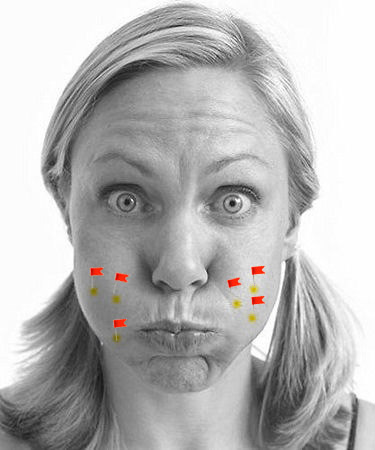
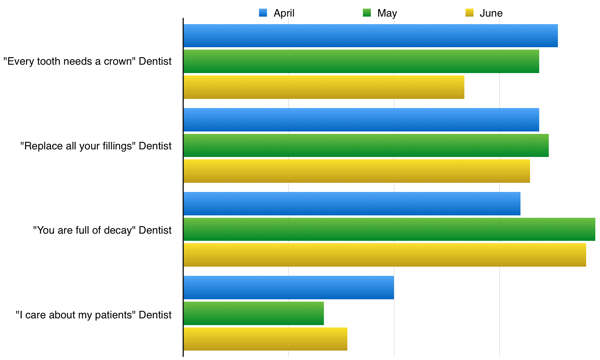


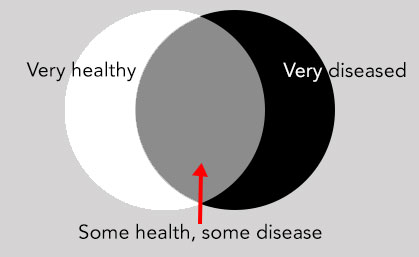
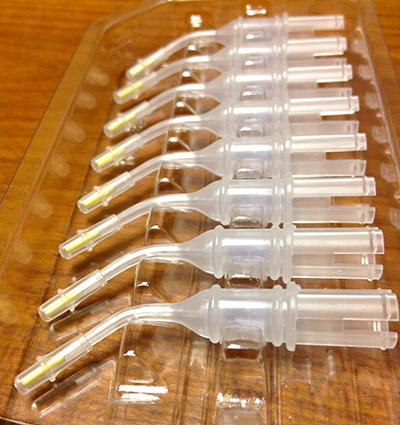
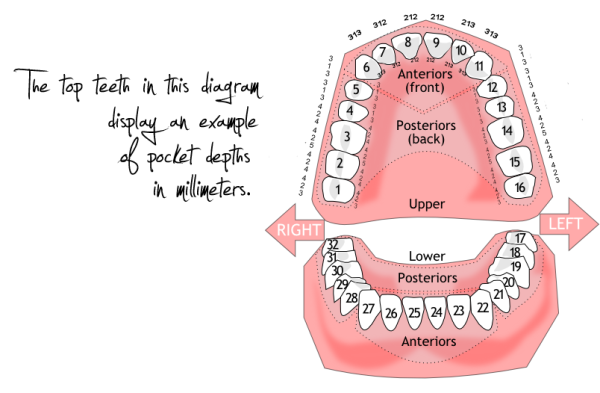


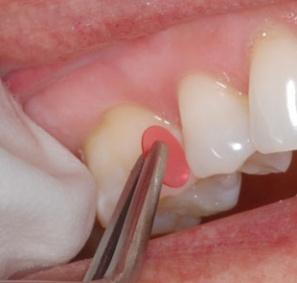

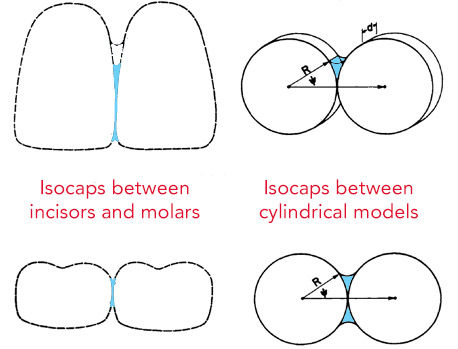
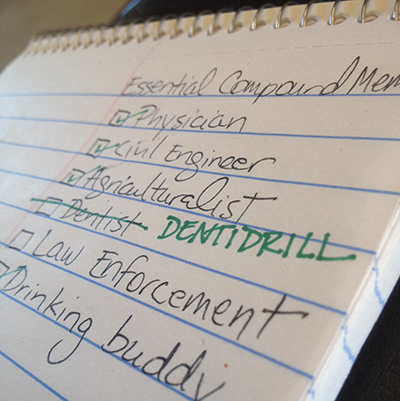
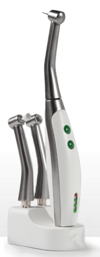 You’d better pre-order soon, though. As soon as the FDA and other authorities get wind of this there will be an immediate shutdown of all shipments. You know how good our government is at shutdowns. Product is supposed to begin its journey to the US tomorrow if it all goes as planned, however.
You’d better pre-order soon, though. As soon as the FDA and other authorities get wind of this there will be an immediate shutdown of all shipments. You know how good our government is at shutdowns. Product is supposed to begin its journey to the US tomorrow if it all goes as planned, however.